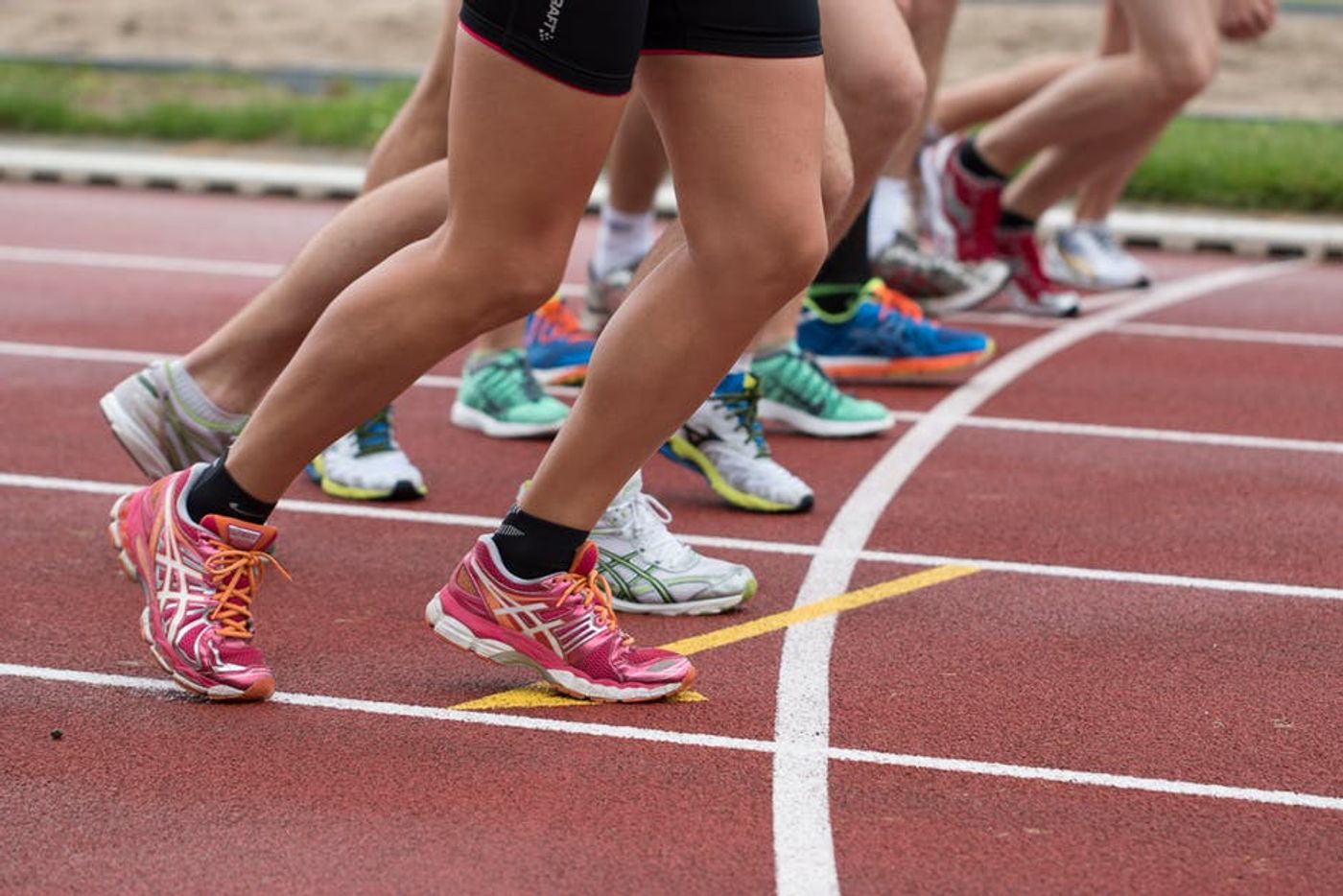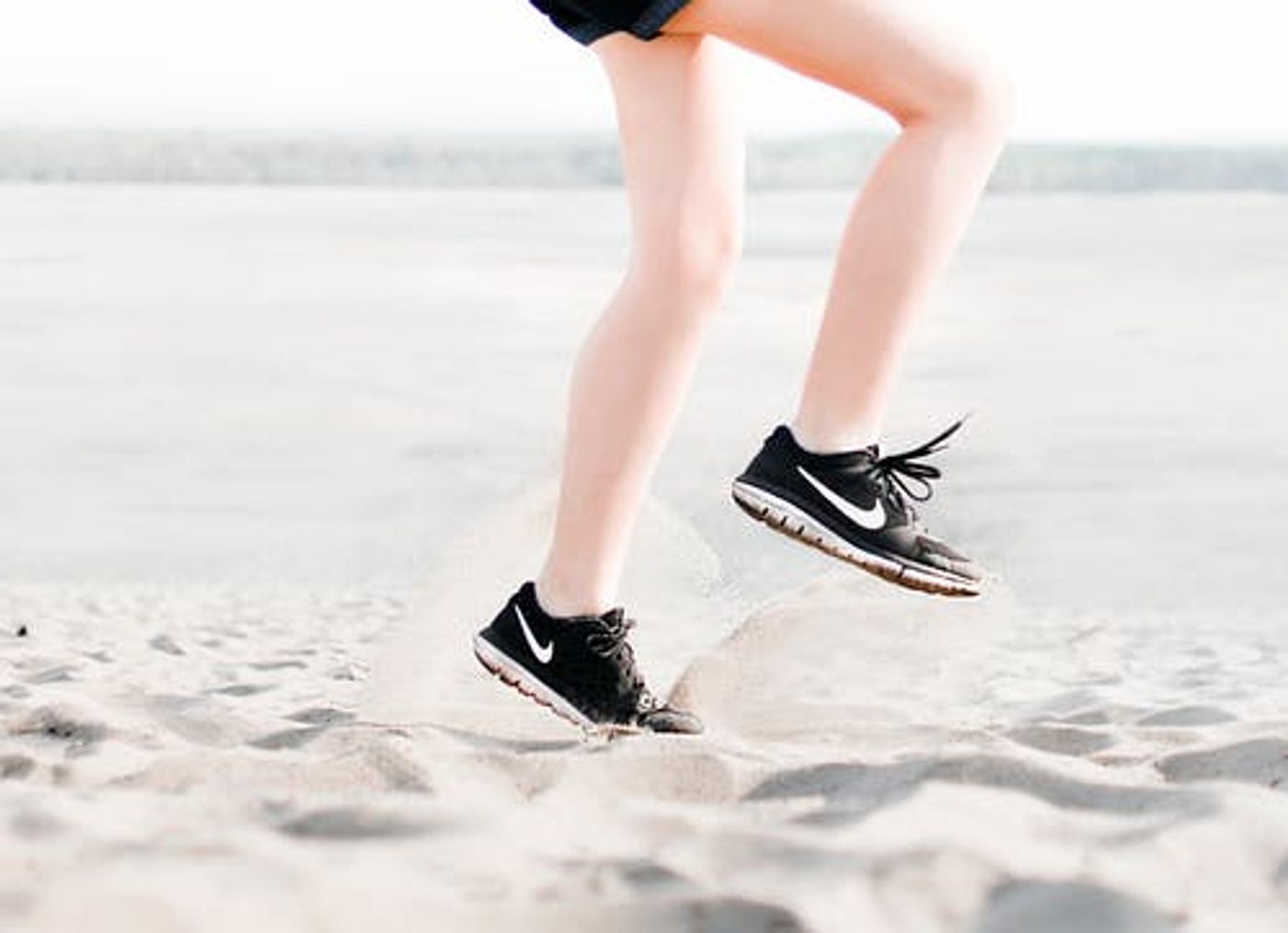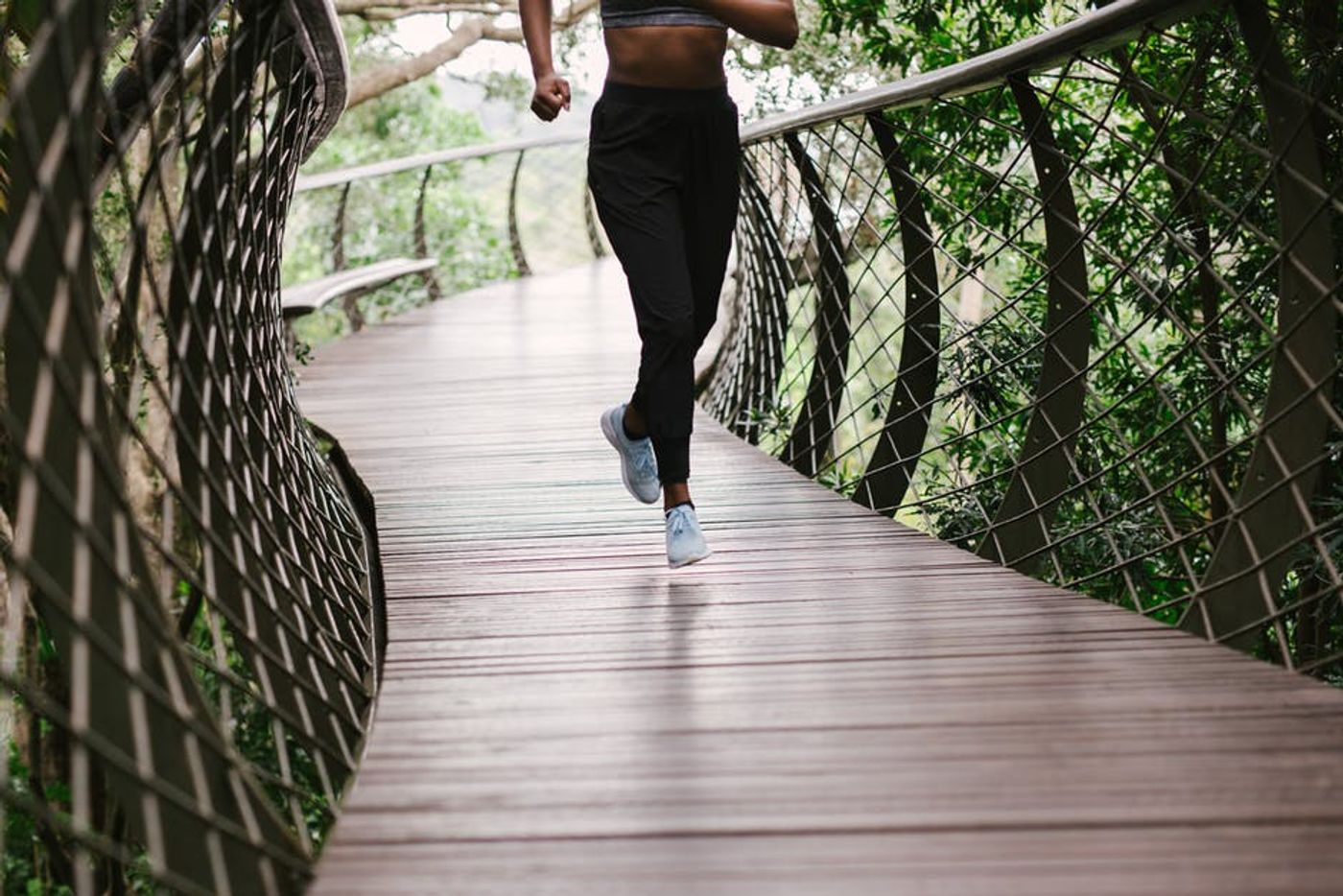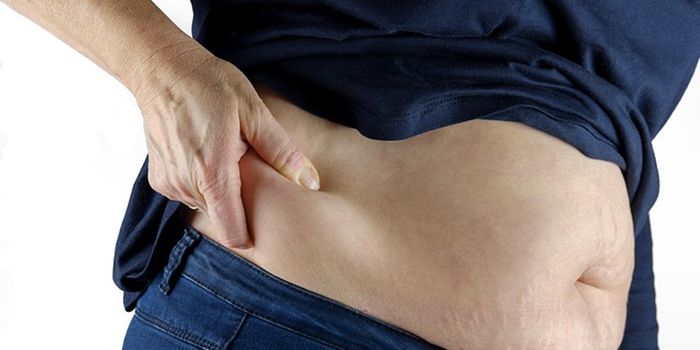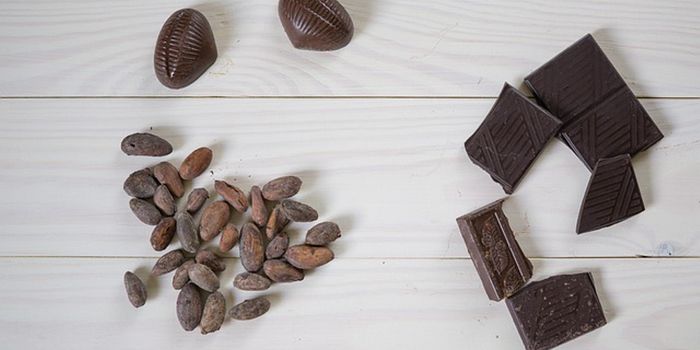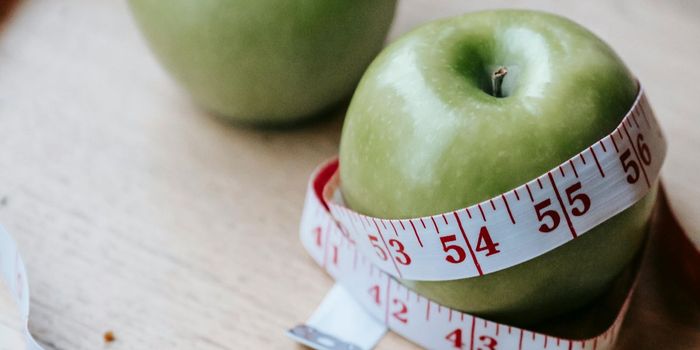Runner's Knee, a Rundown
Perhaps you have taken up a running or another cardiovascular activity to protect your health as you age. This is, of course, a wise and proactive thing to do. But activity can, particularly for beginners, come with some unintended complications. One of these difficulties may be pain in or around the knee from any of several causes. The umbrella term for this generalized knee pain is Runner's Knee.
Often associated with cardiovascular fitness, like the repetitive forces of running, knee pain is not uncommon. Some of the conditions that fall into the "Runners Knee "category include anterior knee pain syndrome, patellofemoral malalignment, iliotibial band syndrome or Chondromalacia Patella where the cartilage behind the kneecap starts to break down.
The most common complaint with each of these conditions is a dull, aching pain behind or around the kneecap. Persons with runners knee typically feel pain the most when walking, running, climbing stairs, kneeling, or squatting. In addition to pain, a patient may complain of popping or grinding sensations in the knee. Many also experience swelling in the joint as a result of irritation.
Although the name suggests that running is most often what results in the condition, any repetitive stress to the knee can be the cause. These activities can include walking, surfing, cycling, and many more.
These activities cause runners knee because the repetitive stress associated with them tend to irritate the soft tissues of the joint. Occasionally, Runner's Knee is caused by something other than overuse. Other causes include direct trauma to or fracture of the kneecap, misalignment of the kneecap, flat arches in the feet, inadequate flexibility, or arthritis. In many cases, the cause is misalignment due to a sport-specific muscular imbalance.
To diagnose Runner's Knee, your doctor will ask you questions about your daily activities and exercise routine. They will also ask if you have previously incurred an injury to the kneecap in question. Doctors may also use imaging technology to see into the joint itself.
Treatment for Runner's Knee follows typical RICE protocols. These include: rest to limit stress to the joint, the application of ice to reduce swelling, compression to restrict swelling, and elevation. If the pain is severe, enough patients may be advised to take NSAIDs sparingly.
Once pain in the joint has subsided, sports medicine providers often recommend a balanced strengthening of the muscles that support the joint. This can help to realign the kneecap and prevent future irritation due to improper patellar tracking. Such strengthening may also be used as a preventive measure for those engaged in regular cardiovascular activities that may naturally result in balances.
Sources: UC San Diego Medical Center, John's Hopkins
